PPT-Notes on Criminological Theory
Author : josephine | Published Date : 2022-06-18
Paul Brantingham Feb 4 2019 Crime and Criminality Crime An event involving acts that violate some criminal law An actual criminal action requires convergence of
Presentation Embed Code
Download Presentation
Download Presentation The PPT/PDF document "Notes on Criminological Theory" is the property of its rightful owner. Permission is granted to download and print the materials on this website for personal, non-commercial use only, and to display it on your personal computer provided you do not modify the materials and that you retain all copyright notices contained in the materials. By downloading content from our website, you accept the terms of this agreement.
Notes on Criminological Theory: Transcript
Download Rules Of Document
"Notes on Criminological Theory"The content belongs to its owner. You may download and print it for personal use, without modification, and keep all copyright notices. By downloading, you agree to these terms.
Related Documents

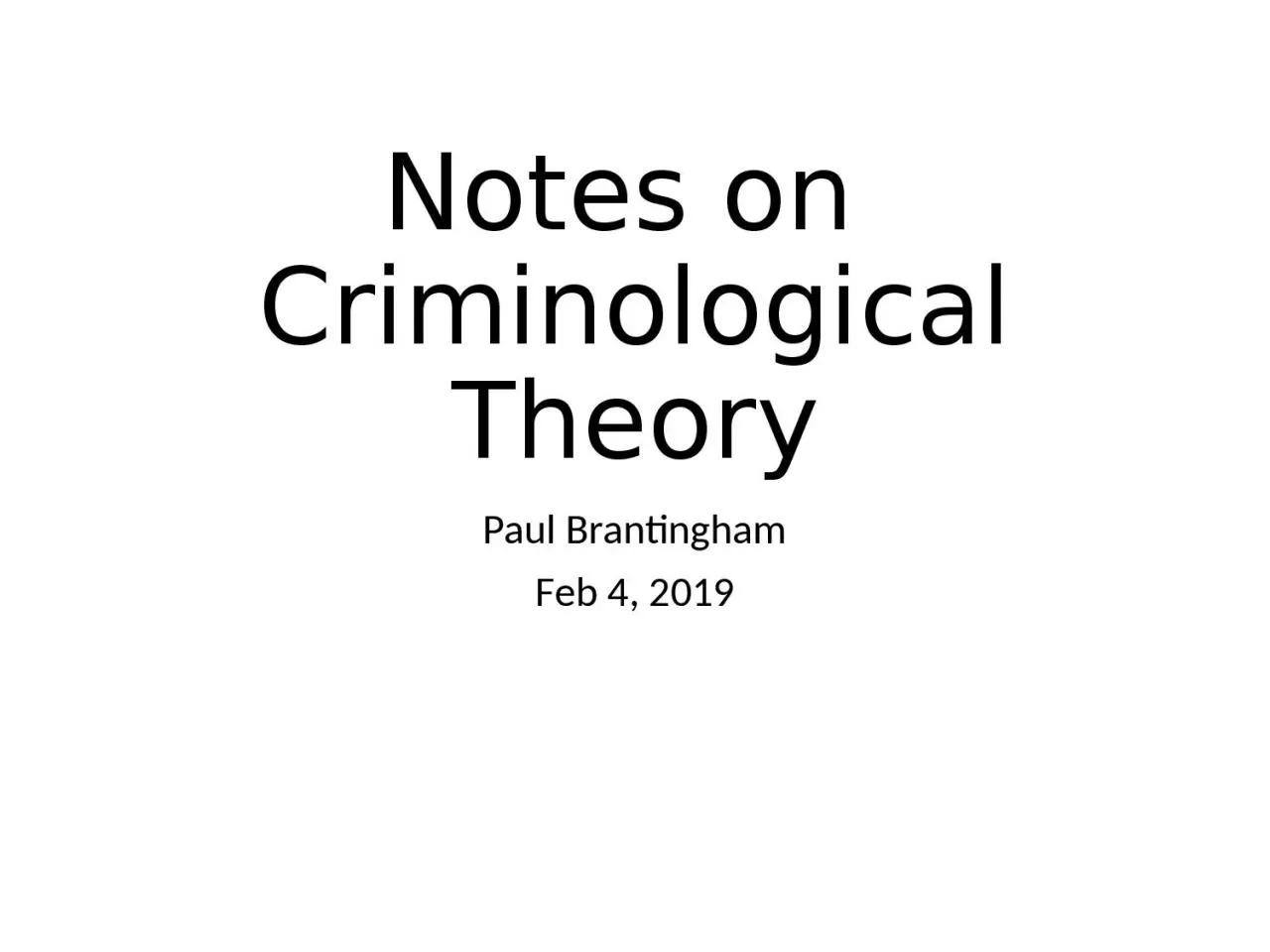
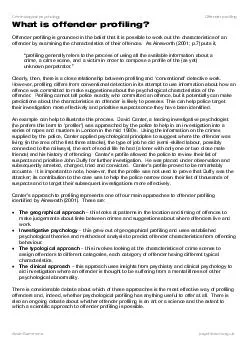
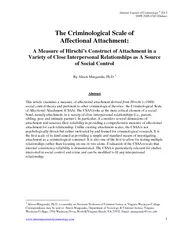
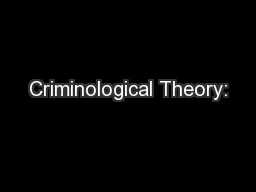
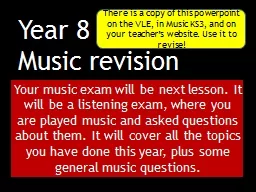
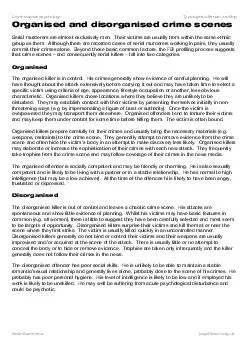
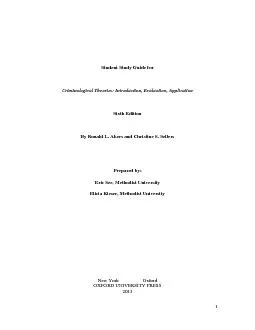
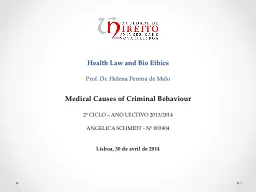
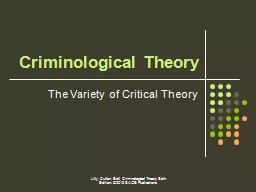
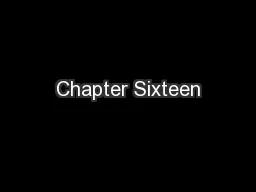

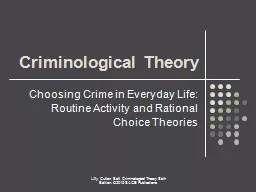
![[EPUB] - Sloth Cornell Notes Notebook: An 8.5 x 11 cornell notes notepad, cornell notes](https://thumbs.docslides.com/907355/epub-sloth-cornell-notes-notebook-an-8-5-x-11-cornell-notes-notepad-cornell-notes-pad-cornell-notes-book-note-taking-notebo.jpg)
![[BOOK]-Delinquency and Drift Revisited, Volume 21: The Criminology of David Matza and](https://thumbs.docslides.com/955950/book-delinquency-and-drift-revisited-volume-21-the-criminology-of-david-matza-and-beyond-advances-in-criminological-theory.jpg)